
We aim to keep everyone informed from engineering and manufacturing to new technologies, defence updates and future combat vehicles. For those who know PRV, we publish new content every week covering all sorts of topics. Our belief is that you can’t grow unless you learn something new every day. With Christmas behind us and the New Year approaching, here’s a look at some of the PRV Engineering blog highlights from 2019.
Naval Vessels Of The Future
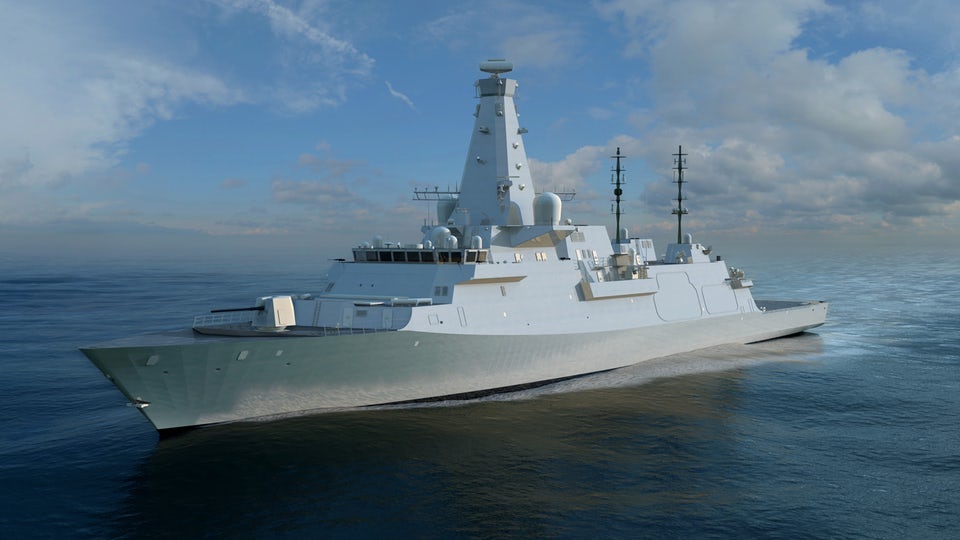
Modern frigates are more capable in several ways than those from the past as single ships can do what multiple ships could do 40 years ago. Today’s frigates have gas turbine engines or hybrid propulsion systems while being equipped with the latest and most advanced radar, sonar, towed arrays and weapons.
Speaking of naval weapons, modern frigates carry vertical launch missiles, cruise missiles and multiple deck guns. Don’t forget about the ‘sub-hunting’ helicopters capable of destroying submarines and other ships using onboard missiles. Considering the sheer versatility and available technology, what will naval vessels look like in the future?
Why Quality Fabrication And Engineering Matter?
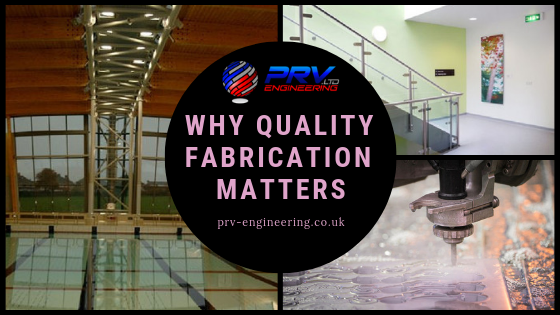
Fabrication means to make something from a raw material which can involve various methods. This includes cutting, bending, welding, machining and assembly. There are essentially three factors that determine success in manufacturing and they are production costs, quality and speed. As a successful engineering company offering high-quality fabrication services, we know first-hand what’s important.
PRV Engineering manufacture for a wide range of industries including food and chemical processing, oil and gas, railway, aircraft, automotive, pharmaceutical, defence and construction. The continued investment in staff, state-of-the-art premises and equipment has resulted in PRV being able to offer their customers the best possible service.
Augmented Reality For Faster Construction
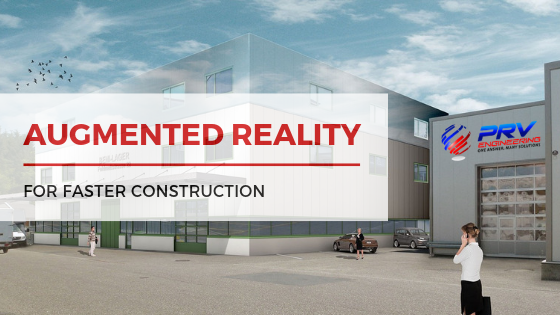
AR can significantly help with smart city planning and building as this technology can collect and analyse massive amounts of data rapidly and accurately. Regardless of what is being constructed, from a new transportation hub, shopping centre or skyscraper, Augmented Reality can simplify the process considerably.
As mentioned earlier, immersive technologies are already playing a major part in several sectors. In terms of construction projects, Microsoft’s HoloLens headset can truly bring 2D blueprints to life. On construction sites, workers can combine 3D models with real-time data to identify any potential flaws in real-time while enabling them to and initiate repairs before building commences.
UK’s Bio-Electric-Hybrid-Aircraft (BEHA)
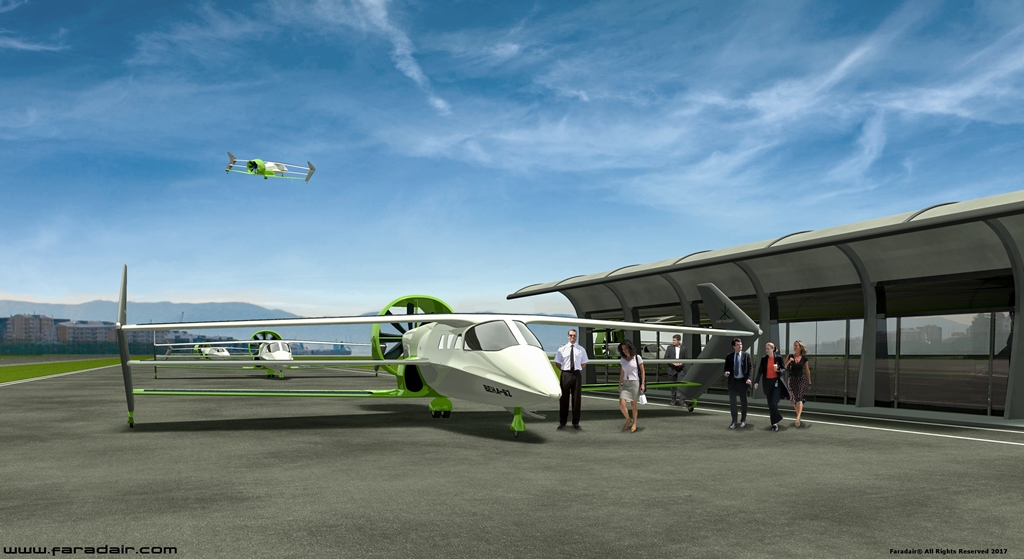
The Faradair BEHA (Bio-Electric-Hybrid-Aircraft) is considered as the world’s first real hybrid aeroplane featuring a “triple box-wing design concept”. It’s a tremendous feat of engineering as it combines electric motors, a bio-diesel engine and several energy-saving and recovery technologies. This includes solar panels on all flight surfaces and high-lift, low-speed flight capabilities.
Coupled with a carbon-composite-body, this 18-seat hybrid aircraft should be able to take off and land using less than 300 meters (984 ft). UK firm, Faradair, have now announced that their plans are in place for a small BEHA airliner. It’s believed that the hybrid aircraft could be ready to take to the skies in 2025 as one of the world’s most environmentally-friendly aeroplanes.
Oil And Gas Robotics Shaping The Future

Oil companies have turned to robots and drones to perform dangerous activities in the harshest environments for some time. While there are many ‘oil and gas tech toys’ that help save costs, some of them also greatly improve performance and safety as fewer people are being exposed to dangerous tasks and situations.
Looking back to the 2010 Deepwater Horizon disaster, oil companies have since then showed that efficiency and safety take priority in the oil and gas industry. The entire sector has invested in research, development and usage of robots and drones. Some of the standouts include:
- BP Robots And Drones Program (Magnetic Crawler)
- Ultrasound Robots And Remote-Controlled Platforms
- ANYmal – World’s First Autonomous Offshore Robot
- Total’s ARGONAUT Robot
Is Solar Power All It Cracks Up To Be?
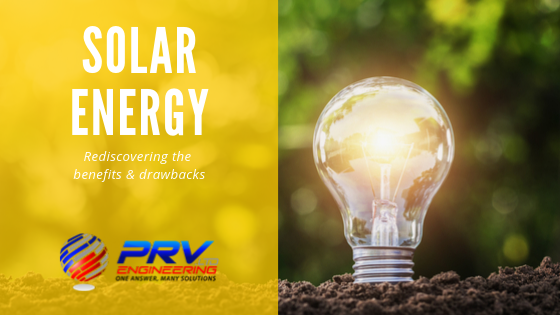
People want to save money, live more sustainably while enjoying a safe and dependable source of electricity. Solar energy seems to tick all of those boxes but nothing is ever that simple. Before investing in a solar energy system for your home or business, there are a few things you should consider. What advancements are currently being made in solar power and what laws have been put into place?
If we can use solar energy effectively, the continued debate around whether fossil fuels will run out could become moot. There are many ways to capture solar energy but it comes down to finding the most practical and economical solution. Here are the main benefits of solar power:
- Clean energy source
- Counters the effects of climate change
- A considerable saving on your monthly electricity bill
- Low maintenance cost
- Solar power technology is adaptable
6 Trends Impacting The Automotive Sector In 2020
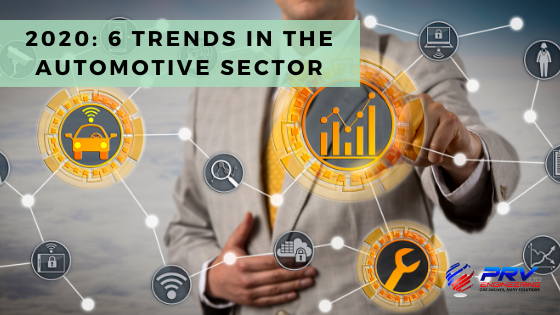
Emerging mobility and automotive trends are happening all around us and it will only continue to grow. With the right technologies and business partners, it’s vital that the automotive sector meet the increasing demands of our automotive future.
Even though the automotive sector appears mostly mechanical, automation is growing and digitalisation has already (and will continue) to disrupt the industry. Let’s take a closer look at SIX automotive trends that will likely feature prominently in 2020.
- Changing to a more consumer-centric approach
- Innovation and digitalisation
- More partnerships between manufacturers, tech start-ups, government and major companies
- Connectivity and high-speed data
- Autonomous and electric vehicles
- Online automotive retailers
Final Thoughts On Engineering 2019
A lot has happened in the last 12 months across various industries and we forecast an even more exciting year in 2020. Digitisation, automation and emerging technologies could take advanced engineering to the next level. Industry 4.0 and 5.0 have already shown what we could expect over the next few years. What are your thoughts on 2019 and what do you wish to see in 2020?
If you liked reading this article and have something valuable or interesting to share, please comment in the section below. You can also join the conversation on social media using the hashtag, #PRVtech. There are many more articles we found interesting and you can find all of them on our blog.
From everyone at PRV Engineering, we wish you all the very best for 2020 and thank you for your continued support!
This site uses Akismet to reduce spam. Learn how your comment data is processed.


 Mail:
Mail: 




Leave a Comments